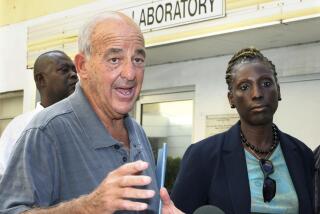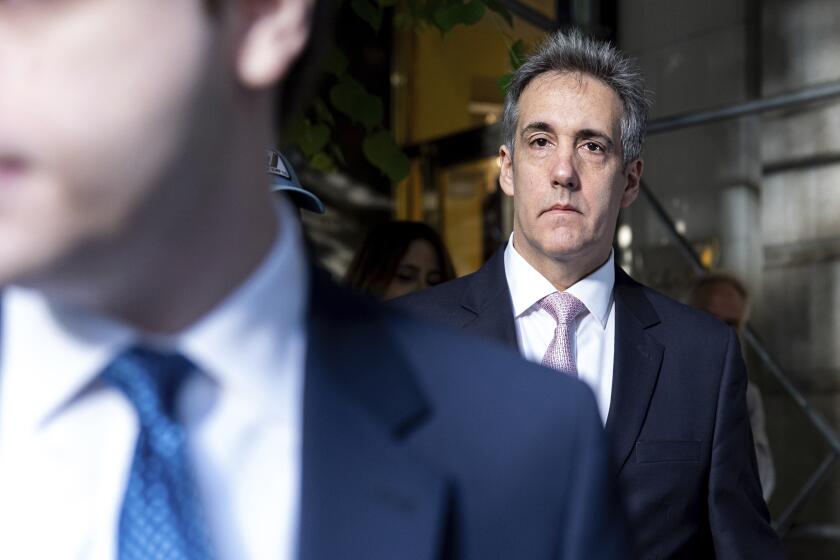Farm Credit System Makes Grim Forecast
The beleaguered Farm Credit System, stepping up its plea for a federal bail-out, said Wednesday that it has more than $10 billion worth of high-risk loans in its $71-billion portfolio and that losses could total more than $3 billion over the next three years.
The quasi-public system of farm banks suffered its first loss in history--$426 million--during the first nine months of this year, after earning $363 million during the same period last year, according to newly released figures.
Officials added that the system has $8.5 billion in capital to fall back on but that the $3.6-billion cash portion could disappear rapidly.
“The ability of (lending institutions in the Farm Credit System) to continue as dependable providers of credit for U.S. farmers and their cooperatives is doubtful without government assistance,” the officials said in a statement accompanying the new figures.
Nogotiations Over U.S. Aid
The Farm Credit System is a federally regulated but privately owned network of intermediate credit banks, production credit associations, land banks and banks for cooperatives that holds about a third of the nation’s farm debt.
The rest is in the hands of commercial banks and the Farmers Home Administration, a federally funded agency.
System officials have been negotiating for weeks with the Reagan Administration and Congress over types and amounts of federal assistance. Congressional sources say they are seeking a $10-billion non-interest-bearing, long-term loan to finance a new “warehouse” entity that would take over bad farm loans until the economic crisis subsides.
However, James A. Roll, treasurer of the Federal Farm Credit Banks Funding Corp., said that the system’s request is “still fluid. . . . We want to utilize system resources in combination with some form of government assistance.”
Both Administration officials and key lawmakers have pressed the system to draw more fully on its own resources, shifting funds from prosperous banks to problem banks. Last summer, the Farm Credit Administration--the system’s regulatory agency--approved a $150-million loss-sharing plan to bail out the Intermediate Credit Bank in Spokane, Wash., and a $435-million package to help a similar bank in Omaha.
Chances Are ‘Rather Slim’
“I think the Farm Credit System would be very happy if we (in Congress) wrote them a check for $10 billion,” said Rep. Cooper Evans (R-Iowa), who specializes in the issue. “But I think the chances of that happening are rather slim.”
Senate and House committees that had scheduled hearings on the system’s troubles earlier this month postponed them until next week, awaiting data that would give a clearer picture of the problem.
Evans said the figures released Wednesday would not surprise many economists and lawmakers “but I think they will surprise many high Administration officials who had been hoping that a substantial rescue operation would not be required.”
In a related development, an economic forecasting firm told Congress that, without government help, the nation’s farm lenders could lose $20 billion on bad loans.
Such losses would drive up short-term interest rates by nearly 1%, eliminate 175,000 jobs, cut the gross national product by $31 billion and add $14 billion to the national debt, according to the study by Wharton Econometric Forecasting Associates.
Wharton economist John M. Urbanchuk said the adverse consequences “could be reduced substantially, if not eliminated entirely, if preemptive actions are taken to alleviate the existing farm credit crisis.”
He told the House Banking subcommittee on economic stabilization that the actions could take many forms, ranging from “prompt and direct intervention” by the Federal Reserve Board to “a refinancing of the Farm Credit System.”
More to Read
Start your day right
Sign up for Essential California for news, features and recommendations from the L.A. Times and beyond in your inbox six days a week.
You may occasionally receive promotional content from the Los Angeles Times.






